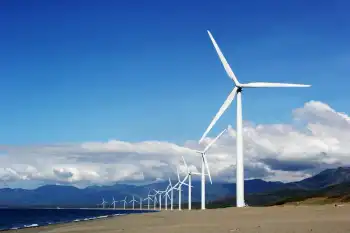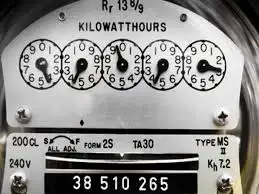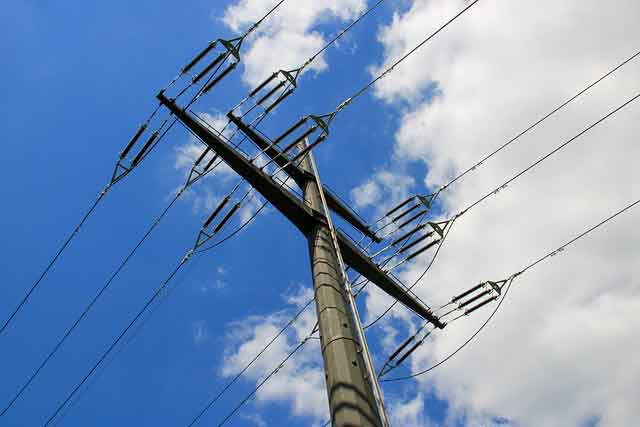Hydropower to become blue gold? Not likely
By Globe and Mail
NFPA 70e Training
Our customized live online or in‑person group training can be delivered to your staff at your location.

- Live Online
- 6 hours Instructor-led
- Group Training Available
As a Globe editorial pointed out, there are some troubling protectionist measures contained in the current draft of the legislation.
One protectionist measure that has not received as much attention as of yet are the rules surrounding the proposed National Renewable Electricity Standard (RES) that will require all U.S. utilities to purchase 15 per cent of their electricity from renewable sources by 2020 (the exact percentage covered by the RES is something a moving target).
The move by the U.S. federal government towards a national RES is seen in some quarters as a significant opportunity for Canadian provinces such as British Columbia, Manitoba and most importantly Quebec that have significant hydro reserves.
Premier Jean Charest said earlier this year that "today the richest societies in the world are those which have oil. Tomorrow, the richest societies will be those that will have clean, renewable energy." He added that he wants Quebec to be the "Alberta of hydro-electricity."
The only problem? The proposed RES only recognizes a very limited amount of incremental "hydro" as "renewable energy" (ie - most hydro is NOT considered renewable energy under the act) and does not contemplate allowing imported hydro to qualify towards meeting the obligations of utilities under the RES.
The American Wind Energy Association is blunt about why they lobby to exclude Canadian hydro.
"It is necessary to exclude large hydropower from the RPS [Note: a "RPS" and a RES are for all meaningful purpose synonyms] for several reasons. Though hydro brings public benefits in terms of avoiding the air emissions and wastes associated with conventional power plants, hydro is technologically mature, is fully commercialized (representing a significant share of the electricity market), and has limited development potential. Most importantly, including hydro in the RPS would create several intractable practical problems: (a) output from the large base of Canadian hydro projects could potentially be rerouted into the U.S. market and "flood" that market, depressing prices to levels too low to support non-hydro renewables; (b) the large year-to-year fluctuations in hydro output would make it difficult to meet a fixed standard each year and at the same time provide a predictable market for renewables; and (c) many hydro facilities have more than one use and have been built with the aid of large government subsidies."
It's not that their arguments are wrong (though obviously hypocritical given the "large government subsidies" that the wind industry is almost entirely dependant on). They do lay out the challenge facing the Canadian industry.
Realizing the problem at hand, the Quebec Natural Resources Minister is off to Hartford to lobby east coast governors to consider hydro as renewable energy. His timing is a bit odd - I'm not sure why he is lobbying governors who have already rejected his argument when their climate change scheme is very quickly being surplanted by federal legislation.
In the past, Quebec and Ontario have mused about a NAFTA challenge of these restrictions. I'm not a trade lawyer but one problem I see with these challenges is that neither province has anything even close to "free trade" in electricity domestically (no province really does). How do we insist that our utilities have a right under NAFTA to have their "renewable" energy included in the U.S. scheme when no Canadian province would allow U.S. based generators to bid their renewable energy into any of our programs?
Which means that this is likely to be added to a long, and growing, list of political issues that Canada will need to muddle through until we struggle to develop a coherent policy of our own.











